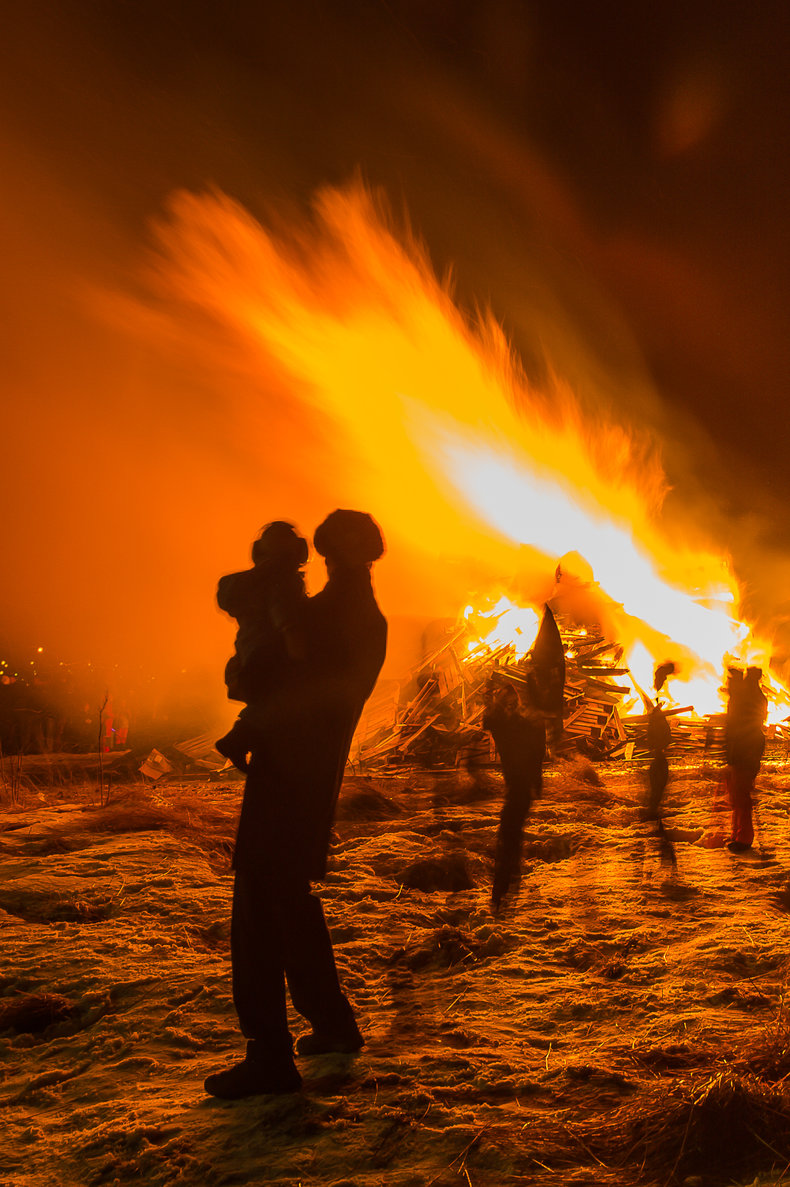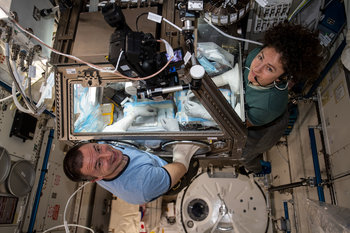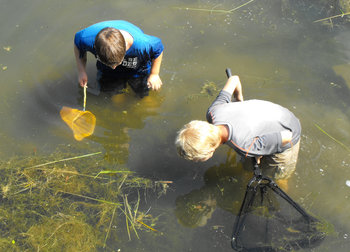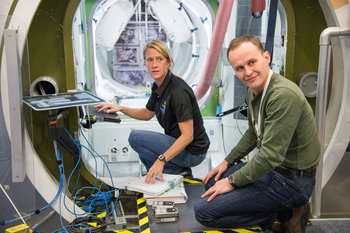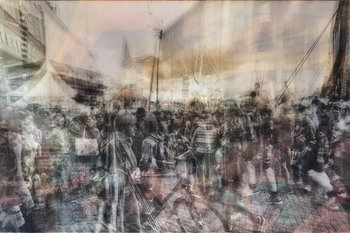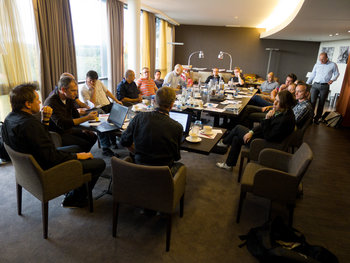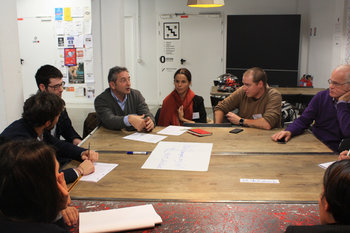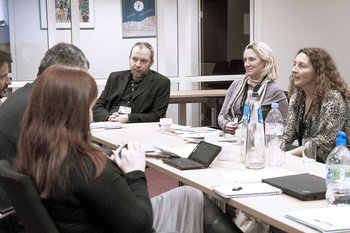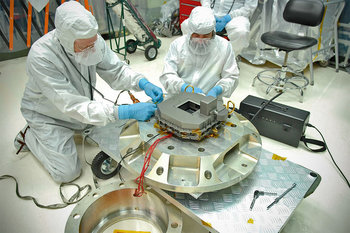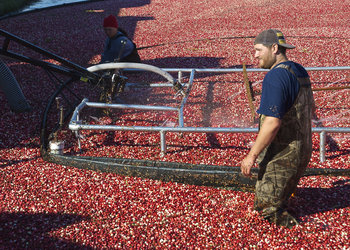Science 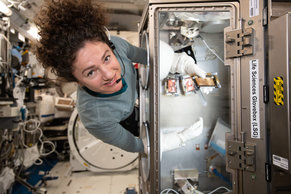 Related Topics
| |
Chemical change is change to the chemical composition of a substance. This can be contrasted with physical change that transforms the physical properties of a substance but not its chemical composition. Chemical change includes synthesis, decomposition, combustion and replacement reactions that change a substance. The following are illustrative examples of a chemical reaction.Bleaching paper | Breathing | Chemical decomposition | Chemical reactions | Chemical synthesis | Cooking food | Digesting food | Drying glue | Dying hair | Electrolysis of water to produce hydrogen and oxygen | Fire | Fireworks | Leaves changing color in Autumn | Melting ice with salt | Mixing an acid & base such as vinegar and baking soda | Nuclear fusion by the Sun | Oxidation of copper to form a distinctive green coating known as patina | Painting a wall (drying paint oxidises) | Photosynthesis | Plastic manufacturing | Ripening of fruit | Rotting food | Rusting iron | Synthesis of table salt from sodium and chloride | Synthesis of water with hydrogen and oxygen | Using batteries | Washing hands with soap |
Chemical Change vs Physical ChangeChemical change transforms the chemical composition of a substance and a physical change transforms its physical properties such as density, size or state. Traditional lessons regarding this topic state that chemical changes generally aren't reversible but physical changes are typically reversible. This is unhelpful because many physical changes such as chopping wood are not reversible. Likewise, chemical reactions such as the electrolysis of water into hydrogen and oxygen is reversible. Chaotic chemical changes such as fire aren't reversible but neither are chaotic physical changes such as a car crash. The classification of physical change as "mostly reversible" and chemical change as "mostly irreversible" is questionable.Traditionally, chemical change is also described as producing odor, color changes, energy and other things you can sense such as the formation of gases. This is also a strange distinction as physical change can also produce all of these effects. For example, cutting an onion causes an odor as does burning an onion. The differentiation between chemical change and physical change requires an investigation into what is actually happening as these rules of thumb are unhelpful. It should also be noted that many processes include both physical and chemical changes such that the two aren't mutually exclusive. For example, the eruption of a volcano often involves chemical reactions but also includes potentially massive physical processes such as the release of pressure.
Science
This is the complete list of articles we have written about science.
If you enjoyed this page, please consider bookmarking Simplicable.
A list of sciences.
An overview of the common types of research design.
An overview of temporary change with examples.
An overview of physical change with examples.
An a-z list of physical properties with basic explanations of each.
An overview of natural vs man-made things with examples.
An overview of common science topics.
An overview of the common types of engineering.
A list of common animals.
The common types of change.
A vocabulary for describing change.
An overview of change management with examples.
The definition of stability with examples.
The definition of intentions with examples.
A list of common business changes.
The definition of discontinuous change with examples.
An overview of organizational change with examples.
A list of steps for change management.
The first principles of change.
An overview of the change planning process with examples.
TrendingThe most popular articles on Simplicable in the past day.
Recent posts or updates on Simplicable.
Site Map
© 2010-2023 Simplicable. All Rights Reserved. Reproduction of materials found on this site, in any form, without explicit permission is prohibited.
View credits & copyrights or citation information for this page.
|
